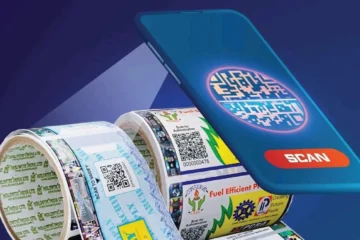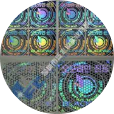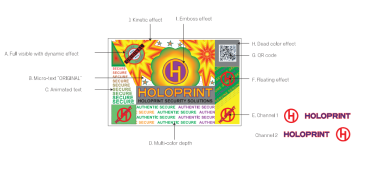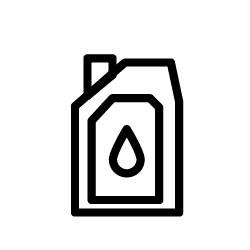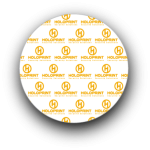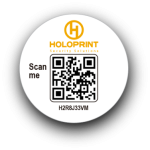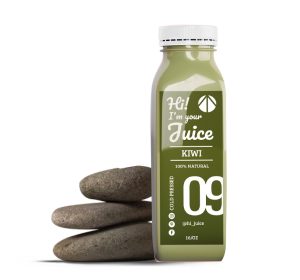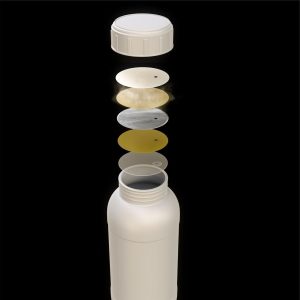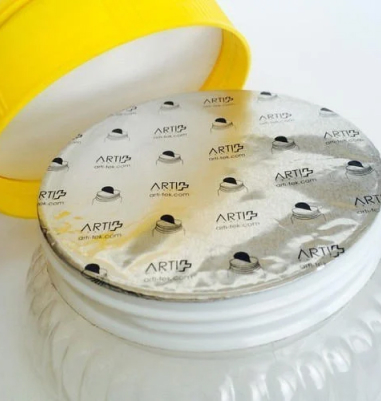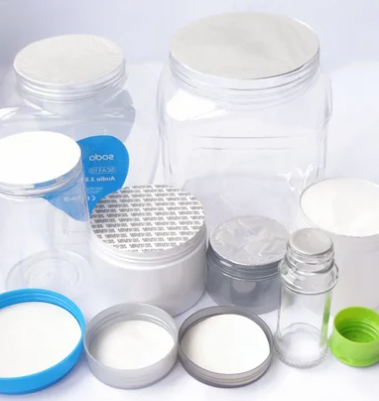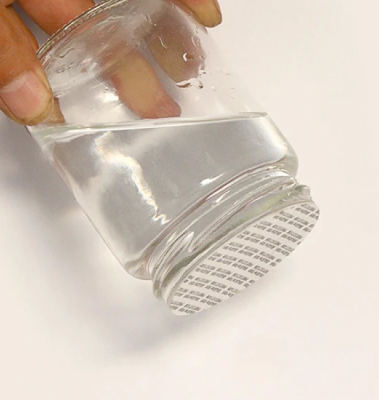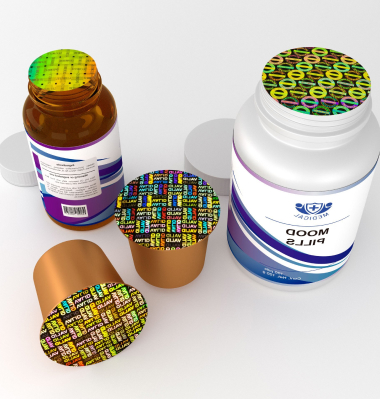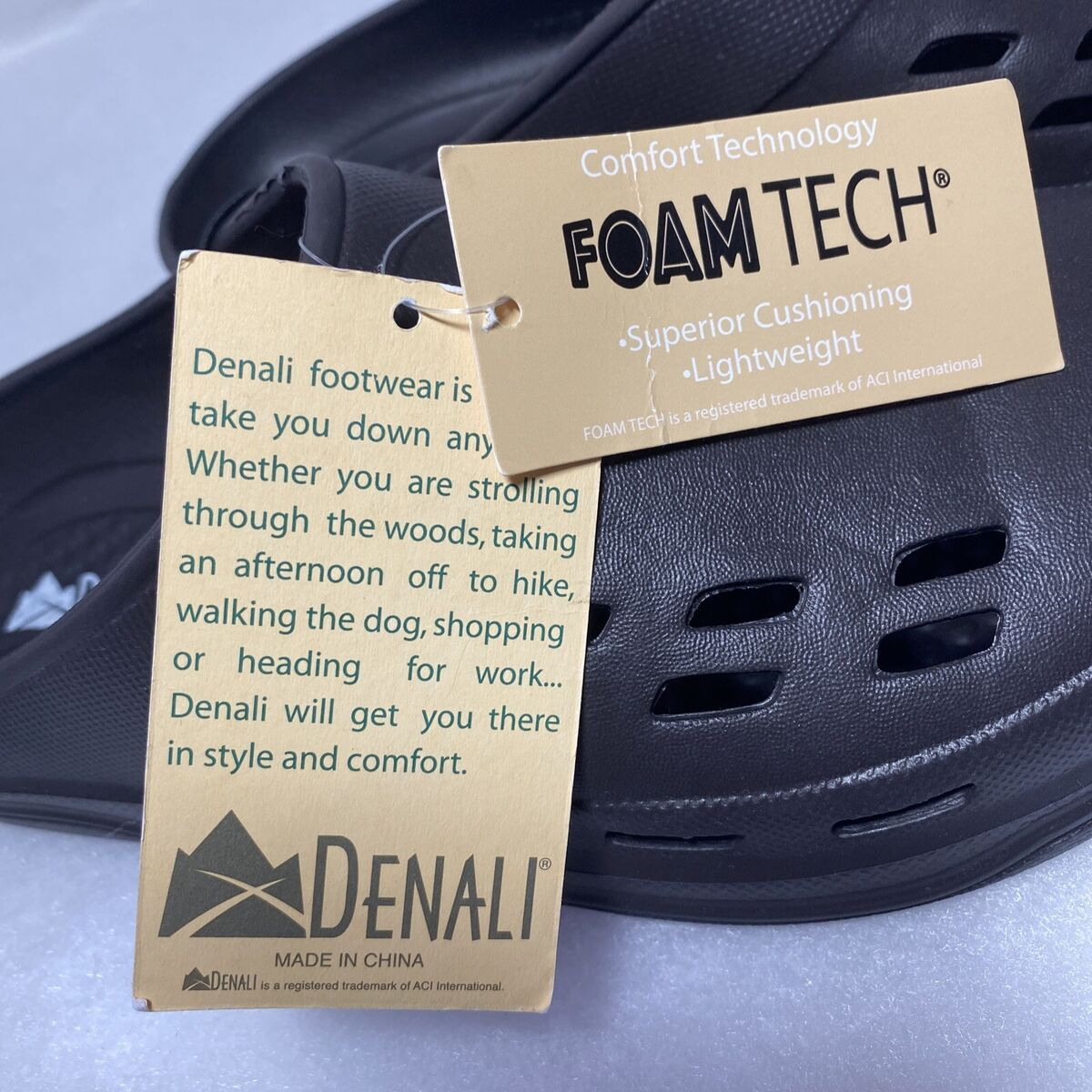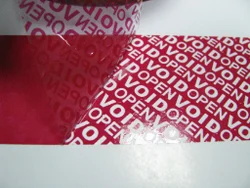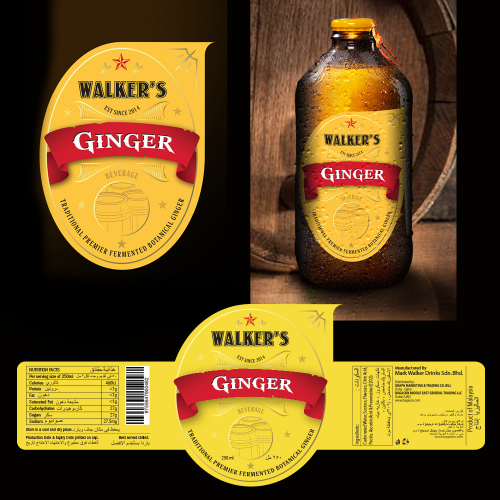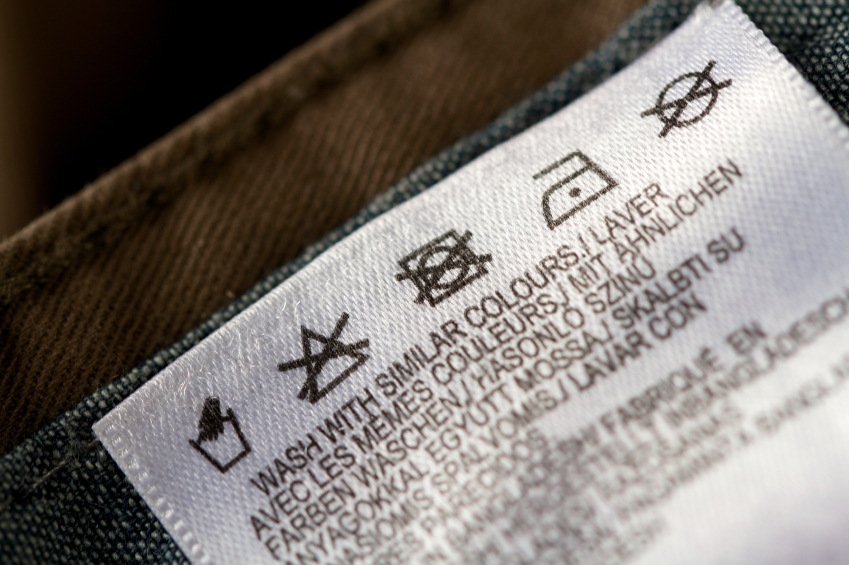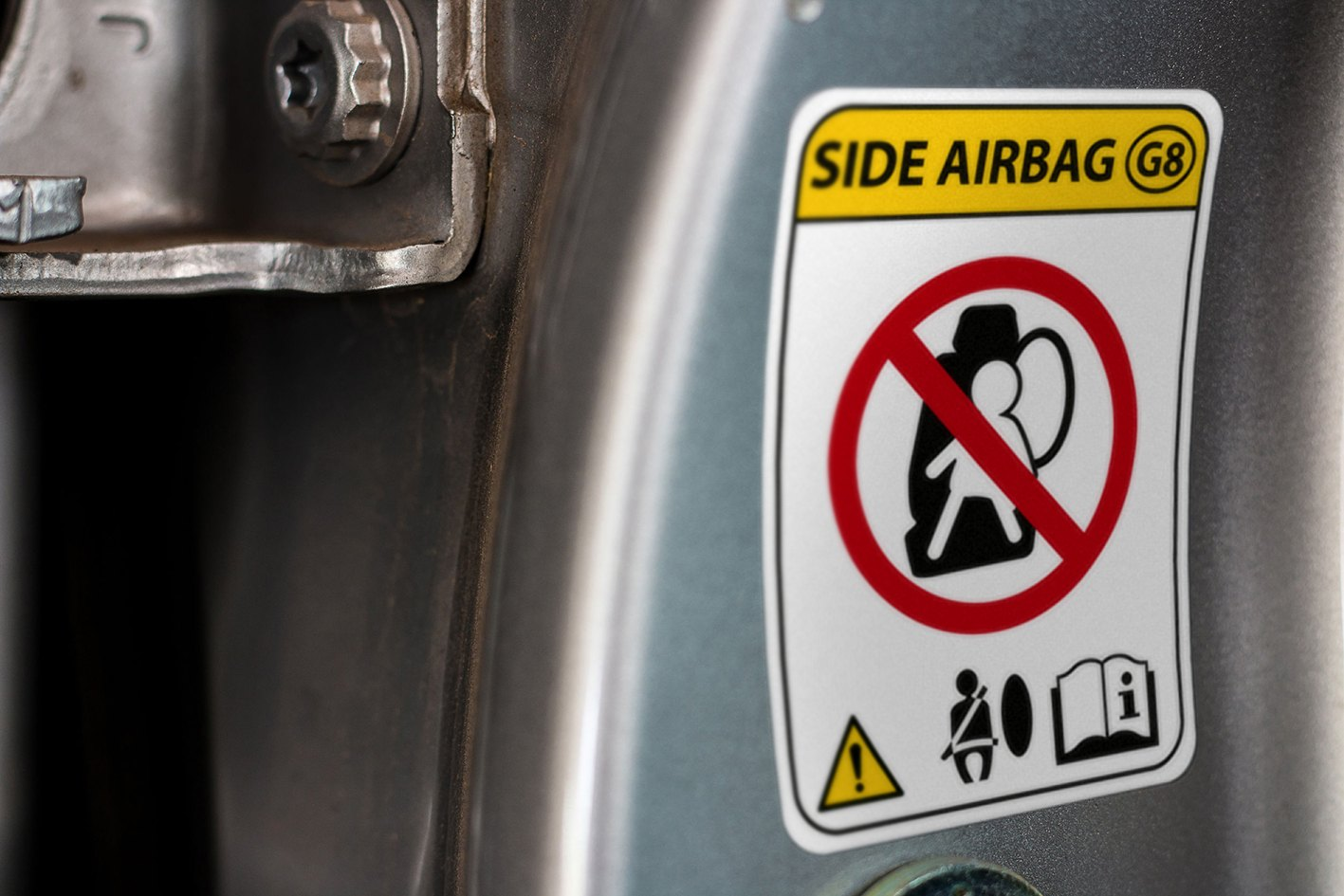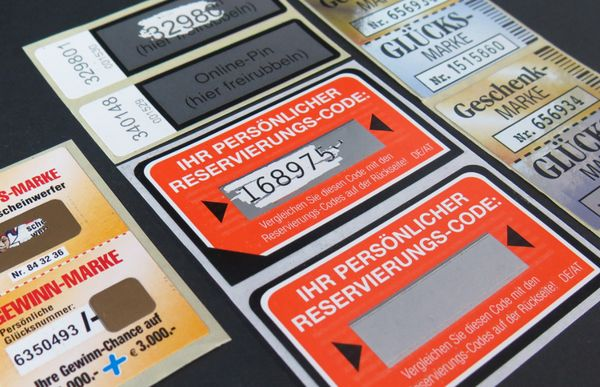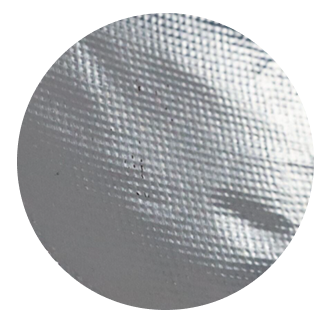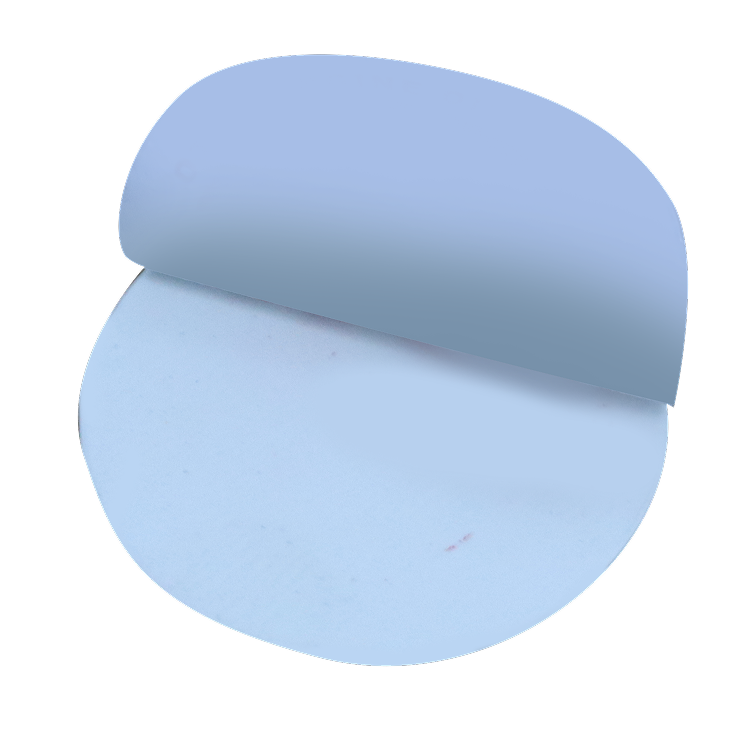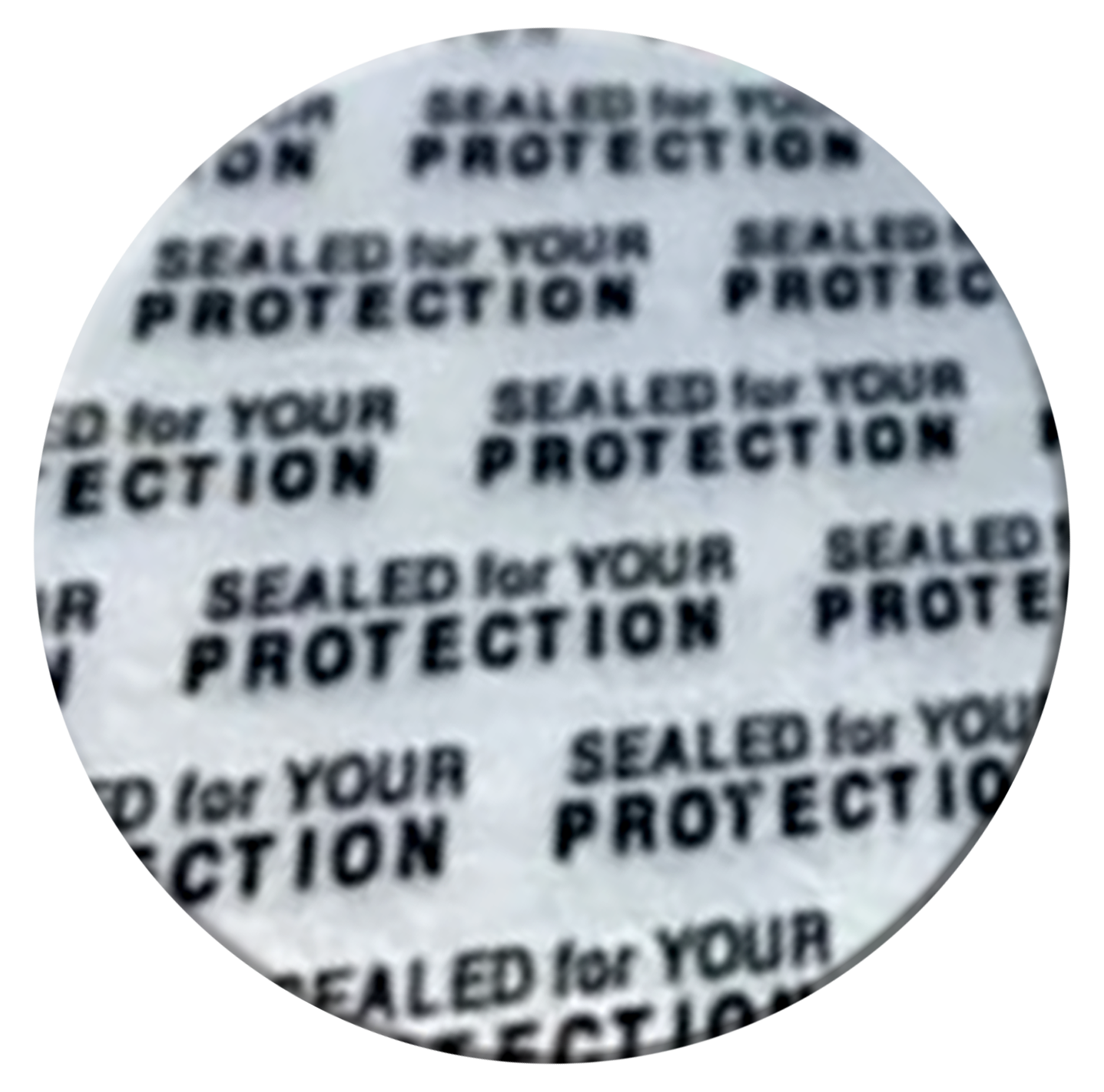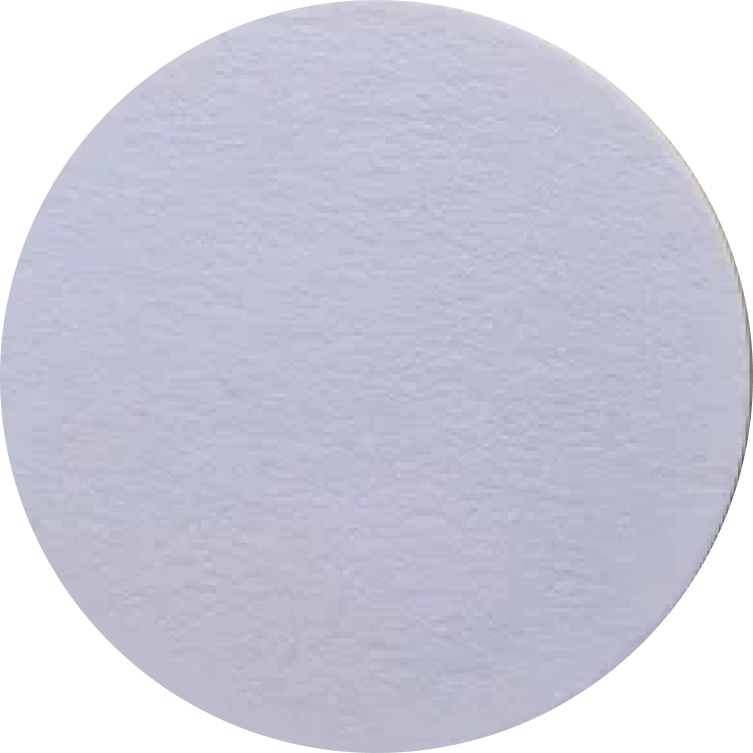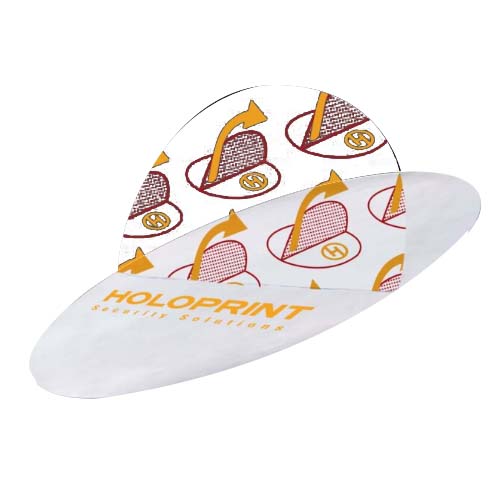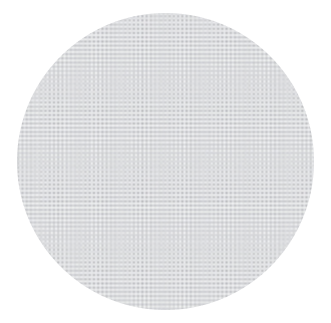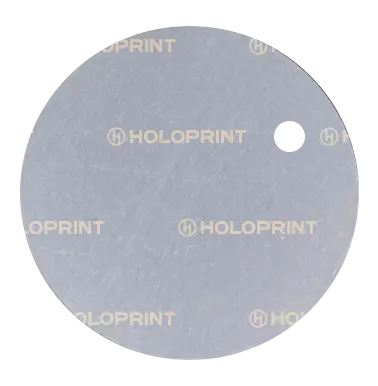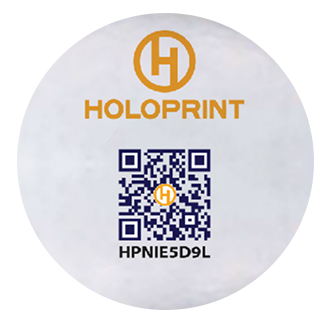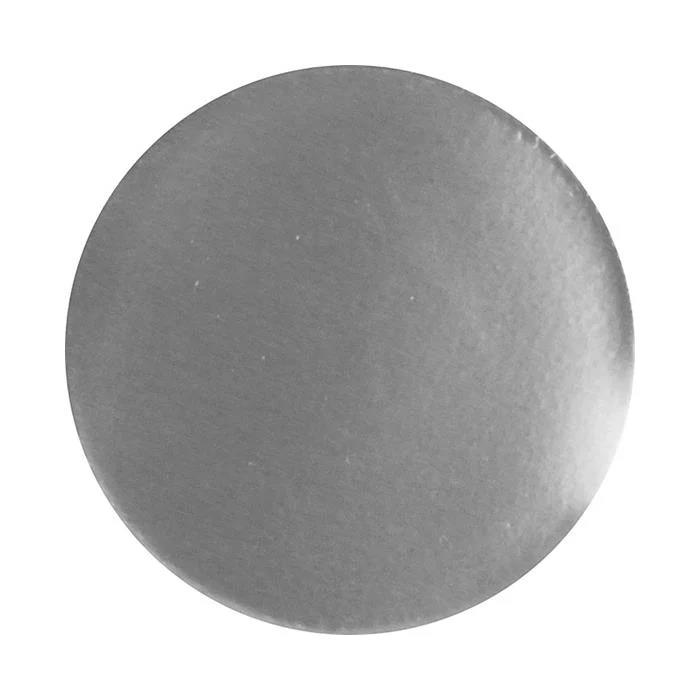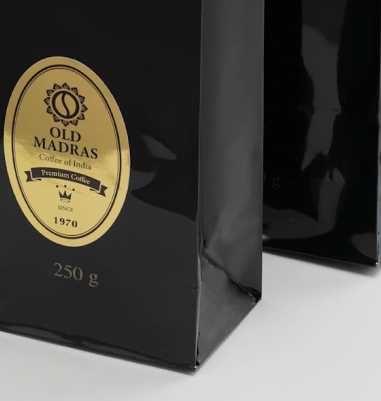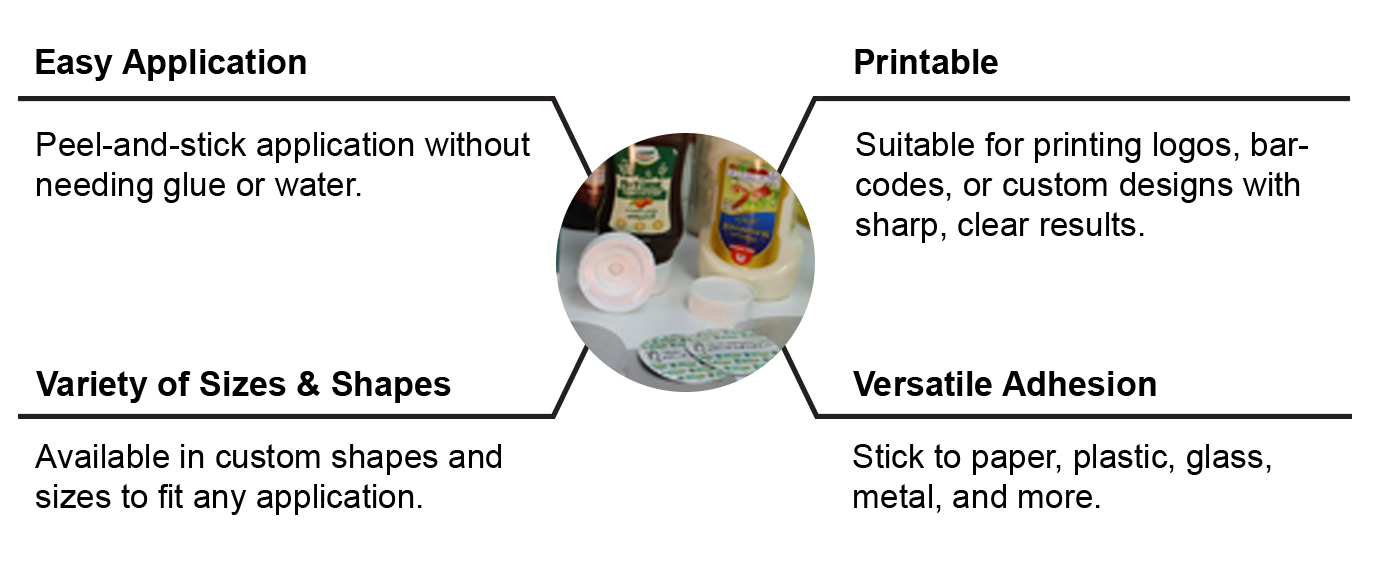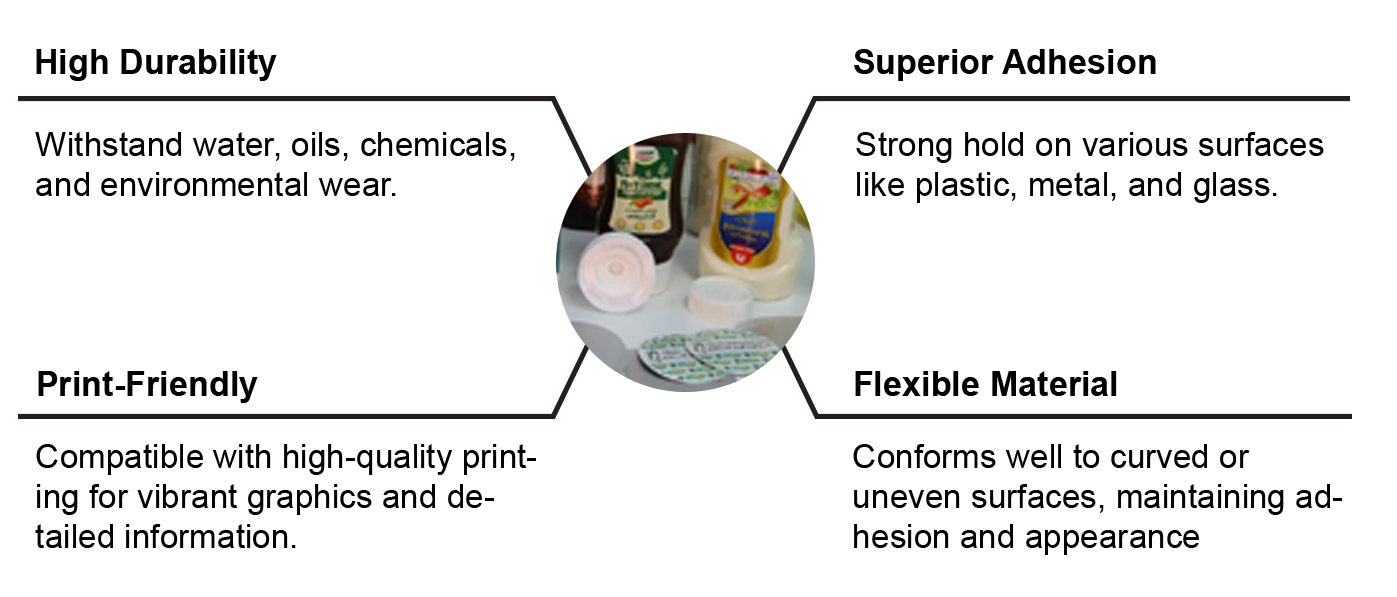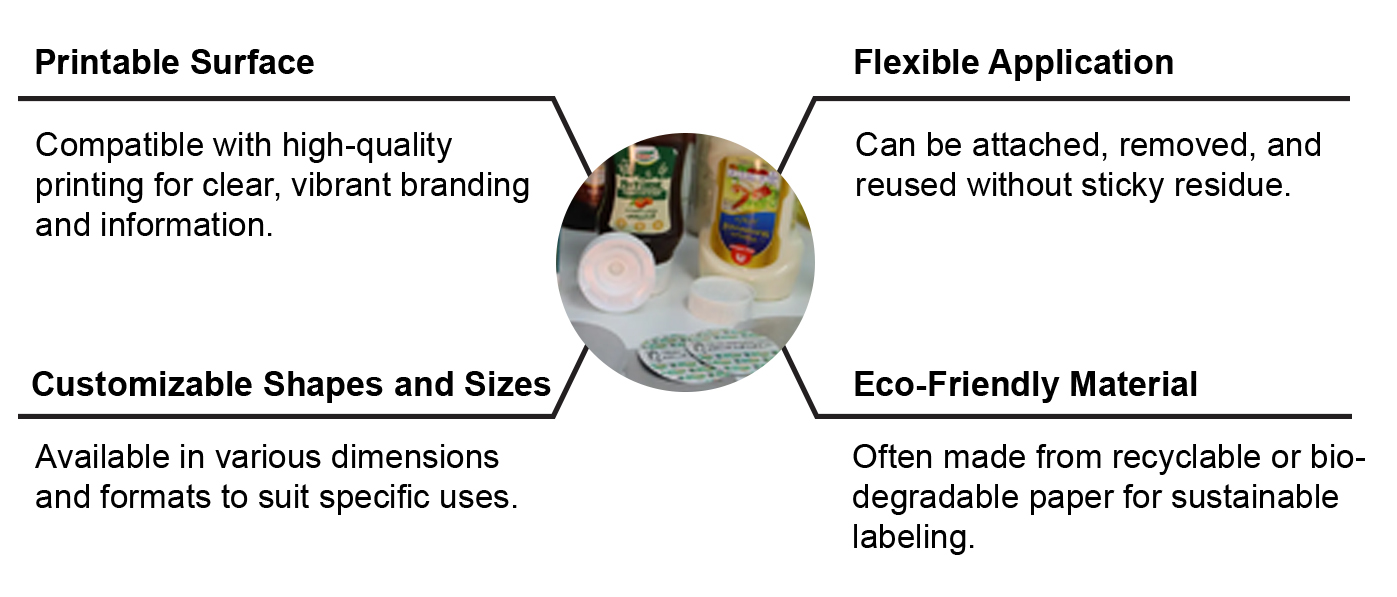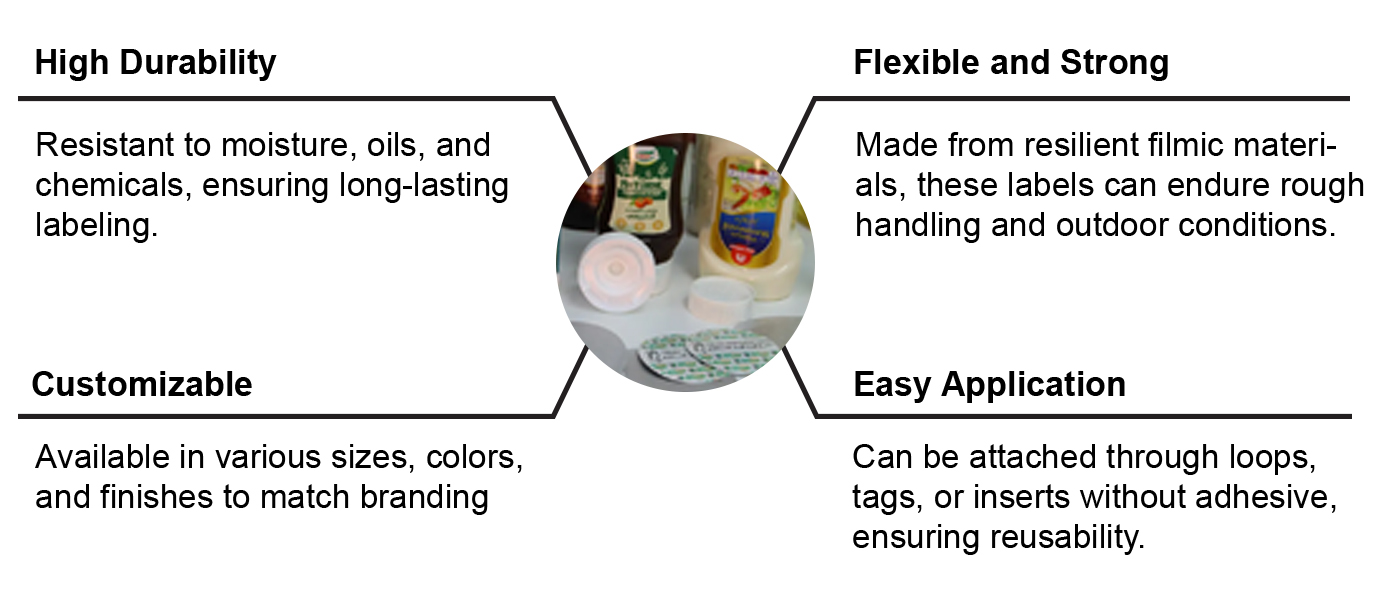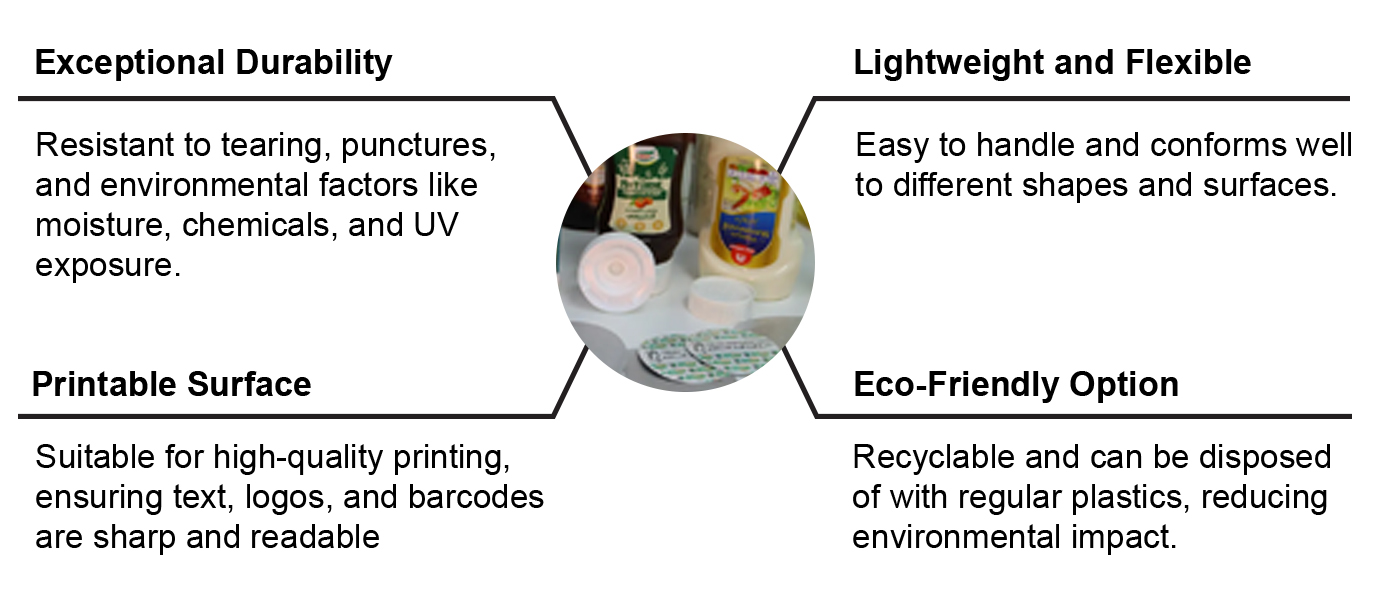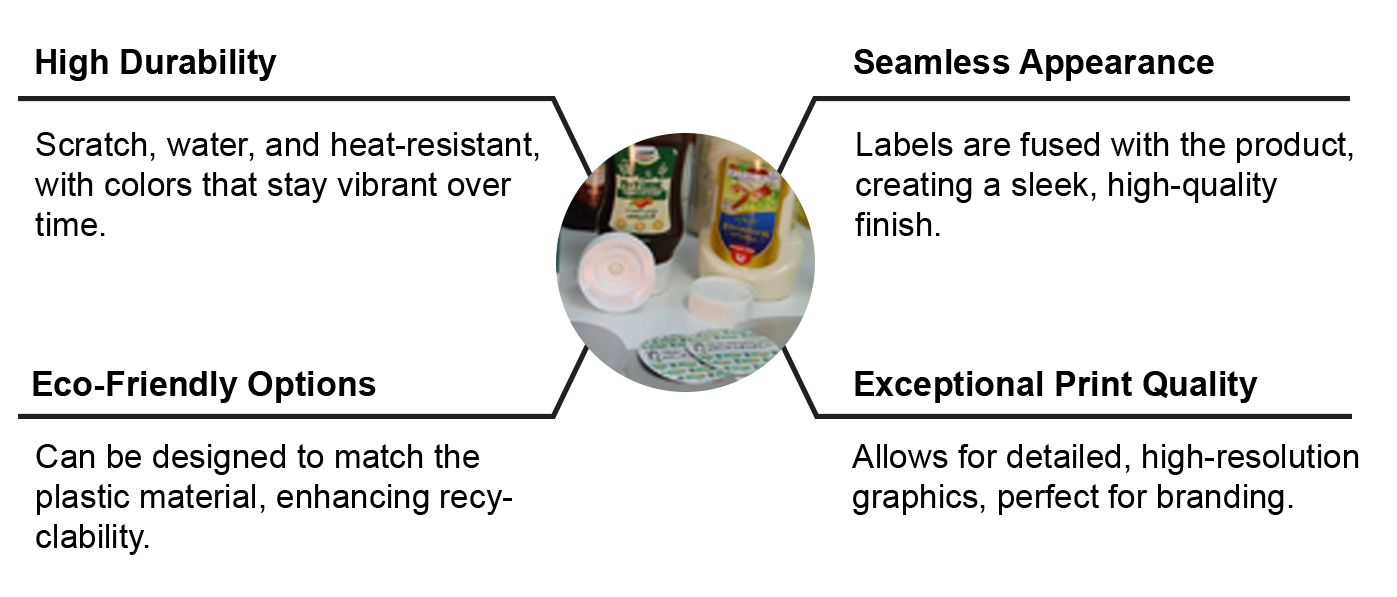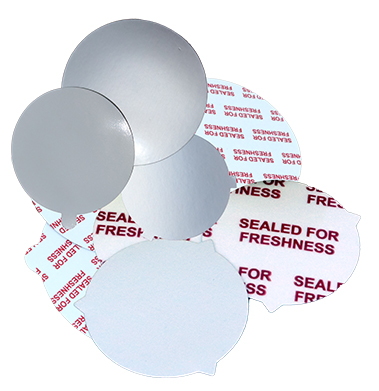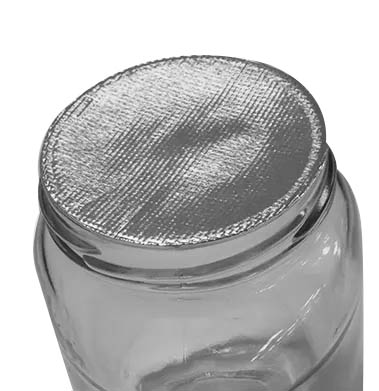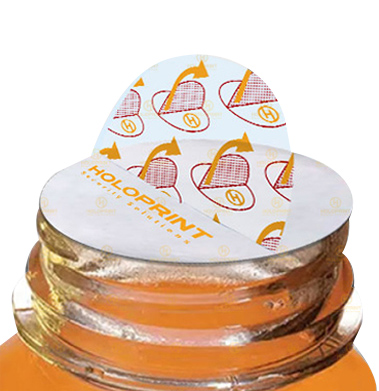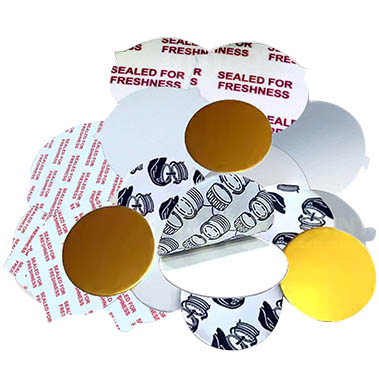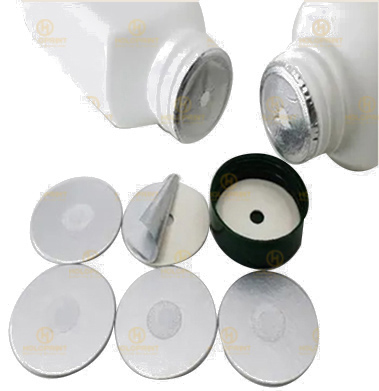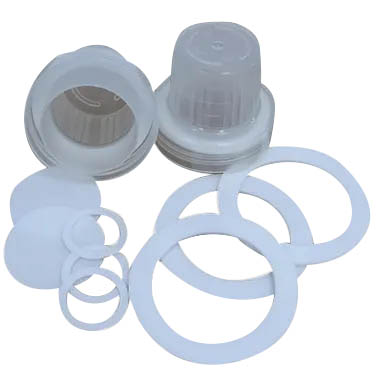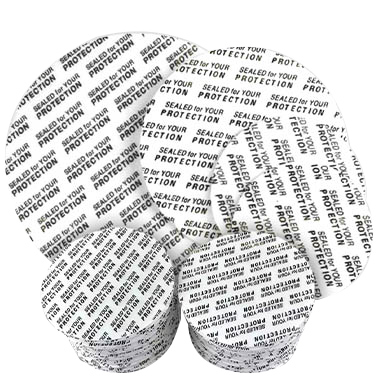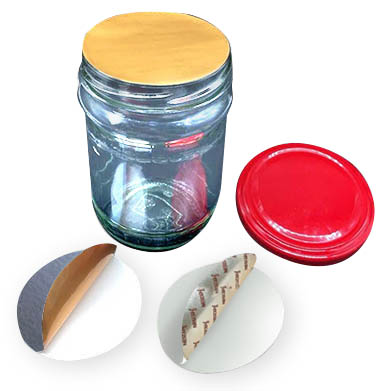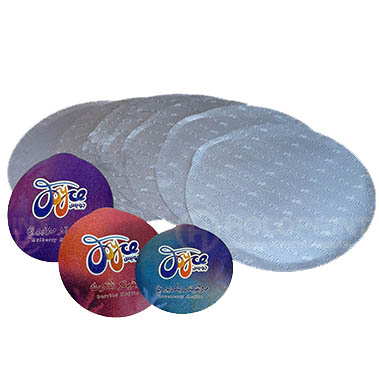HOME / induction sealing
Induction Sealing
Tamper-Evident Seals with Induction Technology
Induction sealing creates a hermetic seal by passing a capped bottle under the induction sealer in a non-contact process. The system’s sealing head produces an electromagnetic field that heats up the foil liner inside the cap. The hot foil in turn melts the polymer coating on the inner-seal. The heat, coupled with the pressure of the cap, causes the inner-seal to bond to the lip of the container resulting in a hermetic seal.
Induction sealing, also known as cap sealing, is a common method used in packaging to create a hermetic seal on containers like bottles and jars. This process involves the use of electromagnetic induction to generate heat in a specialized foil liner that is adhered to the container’s opening or closure. The heat causes the foil liner to melt and bond to the container, providing a secure and tamper-evident seal.
-
 Extended Shelf Life
Extended Shelf Life
Liners help preserve the quality of the products, reducing the likelihood of spoilage or degradation over time. -
 Customization Options
Customization Options
Businesses can tailor the solution to meet their packaging needs, ensuring optimal product security.
-
 Chemical Resistance
Chemical Resistance
It is suitable for a wide range of industries, including those that produce agrochemicals, household cleaners, and food supplements. -
 Tamper Evidence
Tamper Evidence
The induction seal provides a layer of security, as it is visibly broken once the container is opened, making it easy to spot tampered products.
-
 Authentication & Brand Protection
Authentication & Brand Protection
Liners provide product authentication, integrated with unique QR printing technology. -
 Industry Compliance
Industry Compliance
The liners meet industry standards integrity, ensuring compliance with legal requirements.
Technical document
Contact Sales Persons


Foil Liner Preparation
Manufacturers often incorporate unique identifiers, such as holograms, watermarks, or printed logos, into the foil liners to enhance product security and brand authenticity.
Container Filling
Containers are filled with the product while maintaining hygiene and ensuring accuracy in weight or volume to meet industry standards.
Capping
The foil liner is placed inside the cap before it is securely applied to the filled container using automated or manual capping systems.
Heating the Foil Liner
The container with the capped foil liner passes under the induction sealer, where an electromagnetic field is generated. This field heats the foil liner and melts the polymer coating.
advantages of induction sealing solutions of holoprint

Enhanced Security with Unique Identifiers
Holoprint’s induction sealing solutions incorporate advanced security features such as holograms, watermarks, and unique identifiers on foil liners. This helps in preventing counterfeiting, ensuring product authenticity, and building consumer trust.

Tamper-Evident Protection
The tamper-evident seals provided by Holoprint are highly reliable. Any attempt to open or manipulate the container leaves visible evidence, ensuring the safety and integrity of the product during transit and storage.

Preservation of Product Quality
By creating airtight and hermetic seals, Holoprint’s solutions effectively protect the contents from contamination, moisture, and oxidation. This prolongs shelf life and maintains the freshness and quality of the product.

Efficiency and Compatibility
Holoprint’s induction sealing systems are designed to integrate seamlessly with high-speed production lines. They ensure consistent performance, reduce operational downtime, and are compatible with a wide range of container types and sizes.
Induction sealing, also known as cap sealing, is a widely used packaging method to create a hermetic seal on containers such as bottles and jars. This process relies on electromagnetic induction, which generates heat in a specially designed foil liner placed on the container’s opening. The heat causes the liner to melt and bond securely to the container, creating a tamper-evident and leak-proof seal. This ensures the product’s freshness, safety, and quality, while also enhancing consumer trust.
Induction sealing is ideal for industries like food, pharmaceuticals, and chemicals, where product integrity is paramount. It provides a non-contact sealing solution, making it suitable for various container shapes and materials. Additionally, this method minimizes contamination risks, as the sealing process does not involve direct physical contact with the product or its packaging, ensuring hygienic packaging standards.
Foil liner preparation is an essential step in achieving effective induction sealing. The liner is designed to match the dimensions and properties of the container’s opening or closure. Typically, it comprises multiple layers, including a heat-sensitive sealant, an aluminum foil layer for heat conduction, and a backing material for structural support. This layered composition ensures that the liner can effectively bond with the container while providing a secure seal.
The preparation process involves ensuring the liner is free from damage and contamination to maintain its sealing efficiency. The liner must be correctly positioned on the container’s opening before the induction process begins. Proper preparation not only enhances the strength of the seal but also prevents common issues like incomplete sealing or product leakage, ensuring packaging reliability.
The heating of the foil liner is a critical phase in the induction sealing process. When the container passes under the induction sealing machine, electromagnetic waves generate heat in the aluminum foil layer. This heat melts the sealant layer, causing it to bond tightly to the container’s opening. The process happens within seconds, making it efficient for high-speed production lines while maintaining seal consistency and quality.
The heat generated is precisely controlled to prevent overheating, which could damage the container or compromise the seal. By creating a tamper-evident barrier, the heated foil liner safeguards the product from external contamination and ensures long-term storage stability. This step is fundamental to achieving a reliable and durable seal, which is critical for product safety and transportation.
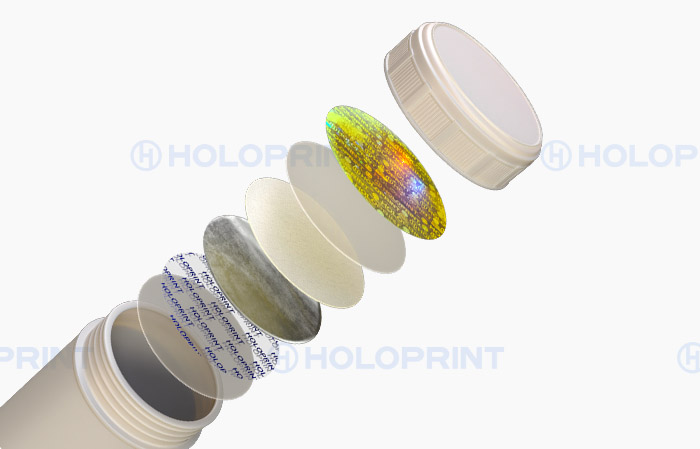
WORKING PRINCIPLE OF INDUCTION SEALING
Induction sealing operates on the principle of electromagnetic induction, which generates heat to seal a foil liner to the opening of a container. This process involves passing the container under an induction coil that creates an oscillating electromagnetic field. The aluminum layer in the liner absorbs this energy, generating heat that melts the heat-seal layer. The melted layer bonds securely to the container’s rim, creating a tamper-evident and leak-proof seal. This method ensures that the product remains safe, fresh, and free from contamination.
SUSTAINABILITY IN INDUCTION SEALING
Induction sealing contributes to sustainability by reducing product waste and ensuring longer shelf lives. It minimizes the risk of spillage or contamination, which could lead to the disposal of affected products. Moreover, the process is energy-efficient, as it only heats the foil liner without wasting energy on other components. Modern induction sealing systems are designed to be compatible with recyclable or biodegradable packaging materials, aligning with global efforts to reduce environmental impact. This makes induction sealing not only practical but also eco-friendly.

WHAT PEOPLE SAY
Find out why people love working with Pearl Business LLC
We are true to ourselves, and commit to always perform at our best.
We believe that we are outstanding. Not because we say it, but because we work hard at it. We are dedicated, committed and focused. We believe that every person will reach their personal best and overcome any challenge through a shared culture and ethos.
Frequently asked questions
We began our operations a few decades ago and have grown due to excellent relationships with our clients. We started out small, with just a few people and a small office, but today we have offices in multiple countries with hundreds of people working inside them.
We started out small, with just a few people and a small office, but today we have offices in multiple countries with hundreds of people working inside them.
Whether you’re just starting out or already running a successful business, having the right business account can make day-to-day banking easier and more cost-effective. We can help you find the best package to meet your business transaction needs. We offer you greater choice with the below suite of products.
We believe that quality employment is the foundation of human dignity, economic stability, and community self-sufficiency. With strong support from our government partners, we implement our mission to prepare and match work-ready job seekers with quality employers, so Chicagoland remains a great place to live and work.
We achieved our success because of how successfully we integrate with our clients. One complaint many people have about consultants is that they can be disruptive. Employees fear outside consultants coming in and destroying the workflow. Our clients face no such issues.
Case Study
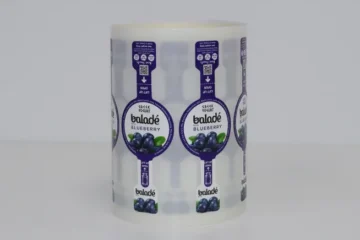
LABELS – B
View more
Ba industry
View more
SECURITY HOLOGRAMS – Special Features With Description
View more
HOT STAMPING FOIL (HSF)
View more
Tax stamps
View more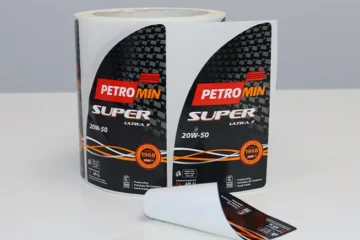
SHRINK SLEEVES
View more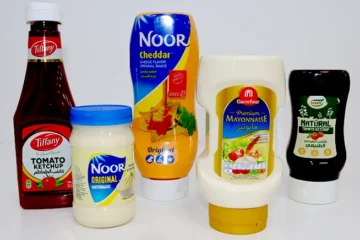
LABELS – A
View more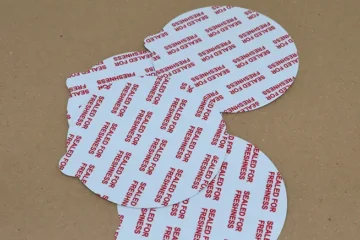
WADS / INDUCTION LINERS
View more
SECURITY HOLOGRAMS & OVDS
View more